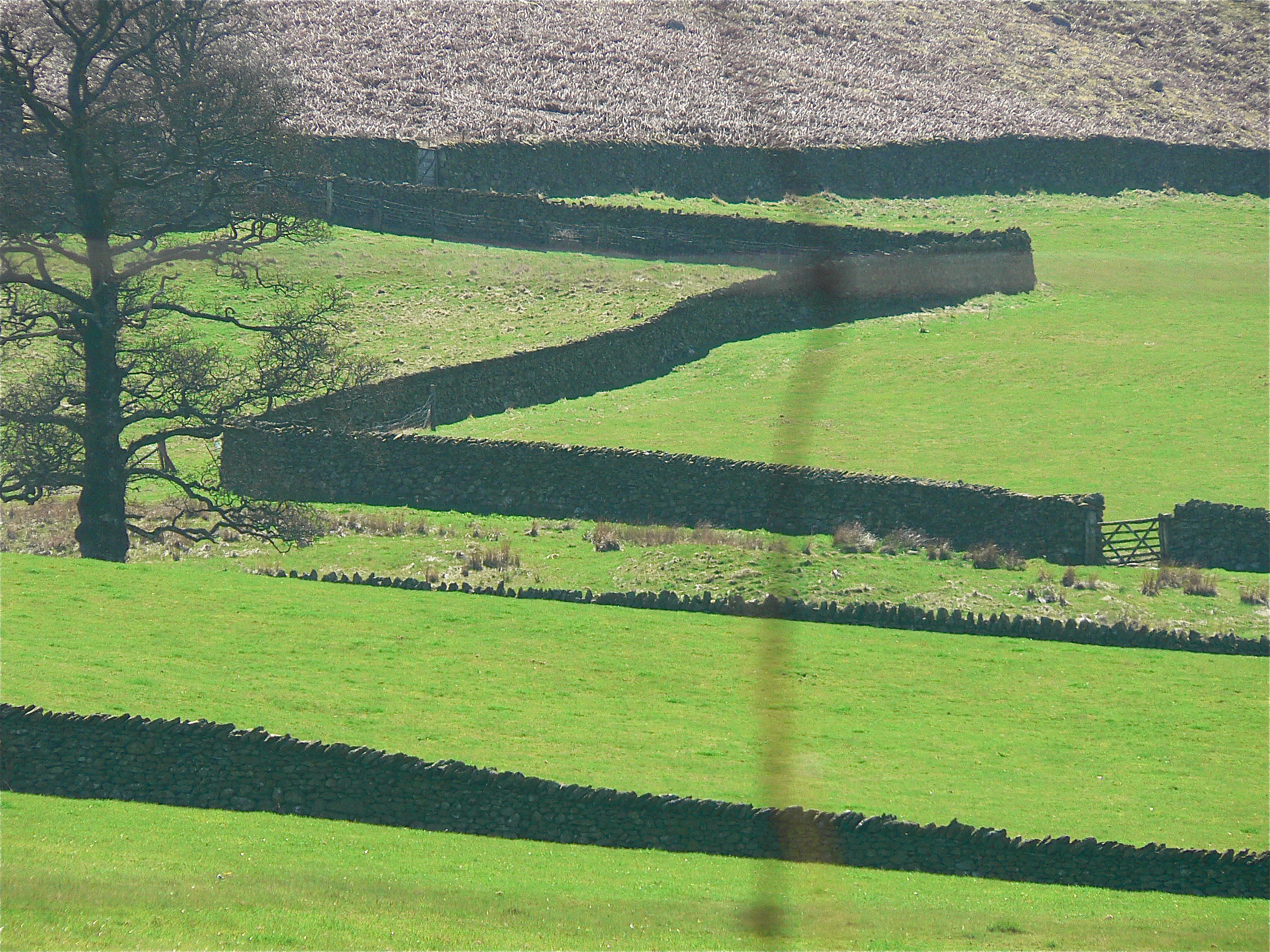Reading the Landscape: Stone Walls
14 August, 2014 Filed in: Countryfile | Reading the Landscape

Like many areas of upland Britain, carns and quoits, tumuli, standing stones and a host of other familiar megalithic field furniture dominates the commons of West Penwith – the Lands End peninsula – but there’s one ancient artefact that barely gets a look-in, the landscape itself.
From the downs above Zennor and Boswednack, this landscape appears as an assembled patchwork; panels of pasture and meadows, an irregular hotchpotch of small enclosures sewn together by the seams of dry stone walls known locally as ‘Cornish hedges’, many of which boast a Bronze Age origin – archaeology recovered from the field walls themselves confirms that they are the oldest working artefacts in the world.
Nobody is quite sure, but there are thought to be around 125,000 miles of dry stone wall in Britain, mainly in upland areas north and west of the Tees-Exe line, where hedges don’t survive well, but also where the materials to build them are freely available. Construction is demanding.
A shallow foundation is dug – between 70 and 90cm wide – and large stones that can take the load of the wall are laid in this trench, the faces of the wall, which tapers towards the top ‘coping stones’ where it will be just 30cm wide, are laid next and the core is filled with looser rubble. At periodic intervals, a course of ‘through stones’ ties the two sides together.
It takes around two tonnes of stone to build every metre of wall and, ideally, all of that should come from the field that the wall is in. In that way, at least, every wall not only forms part of the landscape but is also formed by the landscape, so much so that the dedicated landscape reader can deduce rich detail about local geology simply by looking at a wall.
Not only local geology, but ownership as well – if a wall is over five feet, it’s probably a boundary as well as a field wall – while the march of walls across the landscape is also a chronicle of our relationship with the land. In Anglo-Saxon times, for instance, agriculture was concentrated in the lowlands where it was more successful with the techniques of the day and it wasn’t until the twelfth century enclosures of the Cistercians that dry stone walling made a come-back – indeed you can still see medieval field walls at Fountains Abbey in North Yorkshire.
The history of dry stone walls is also the history of the enclosures that started in the fifteenth and lasted until the nineteenth century; the story of the agricultural invasion of the uplands, culminating in the Parliamentary Enclosures of the eighteenth century when swathes of moorland commons were walled off to graze sheep.
blog comments powered by Disqus